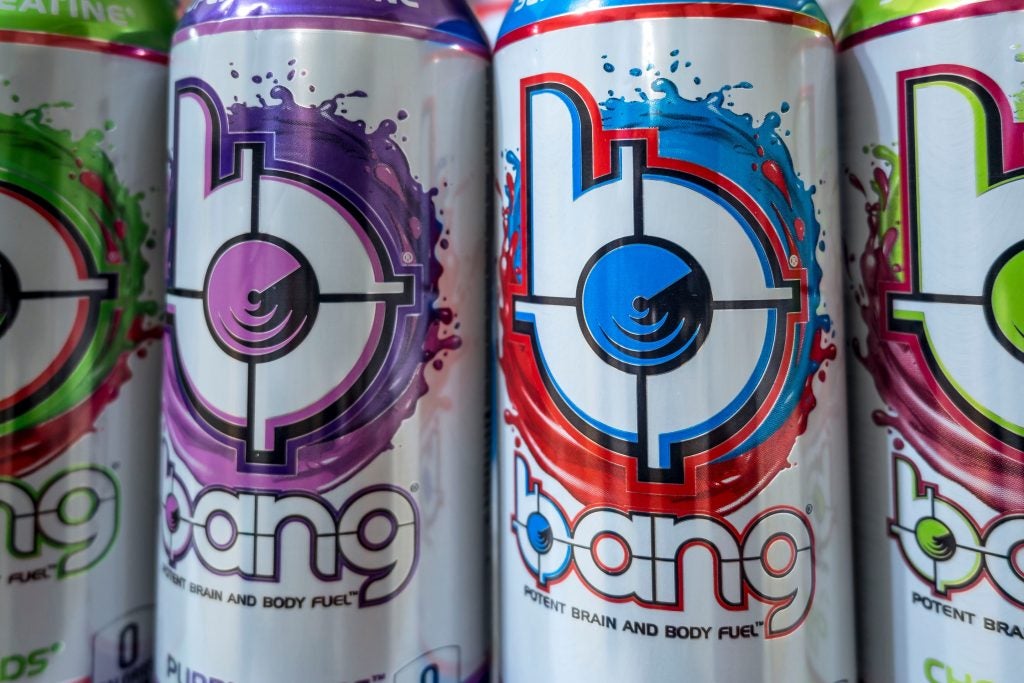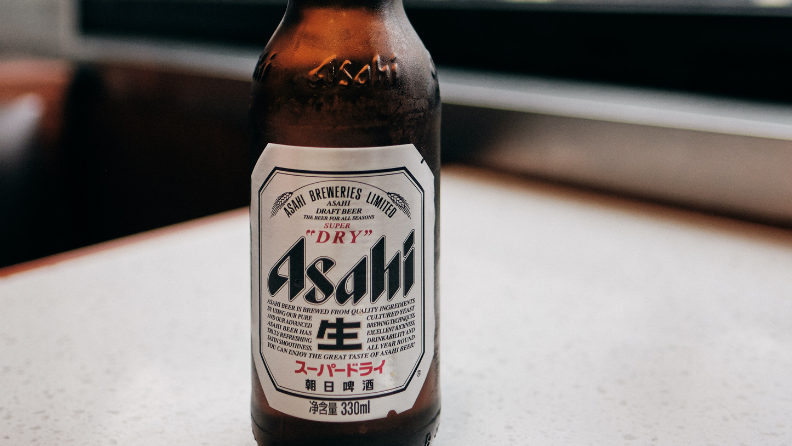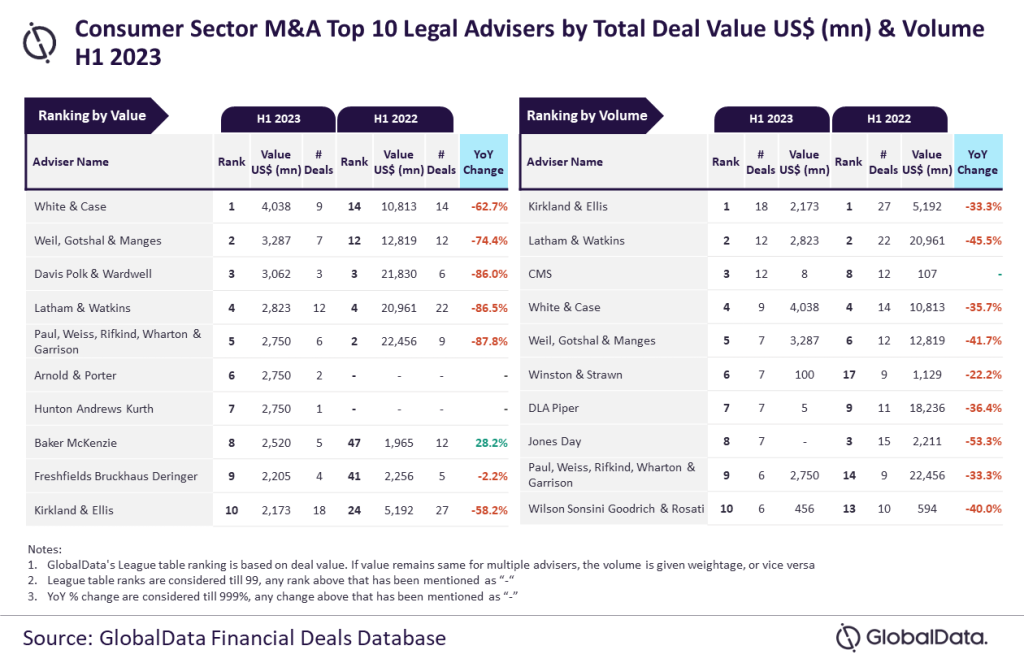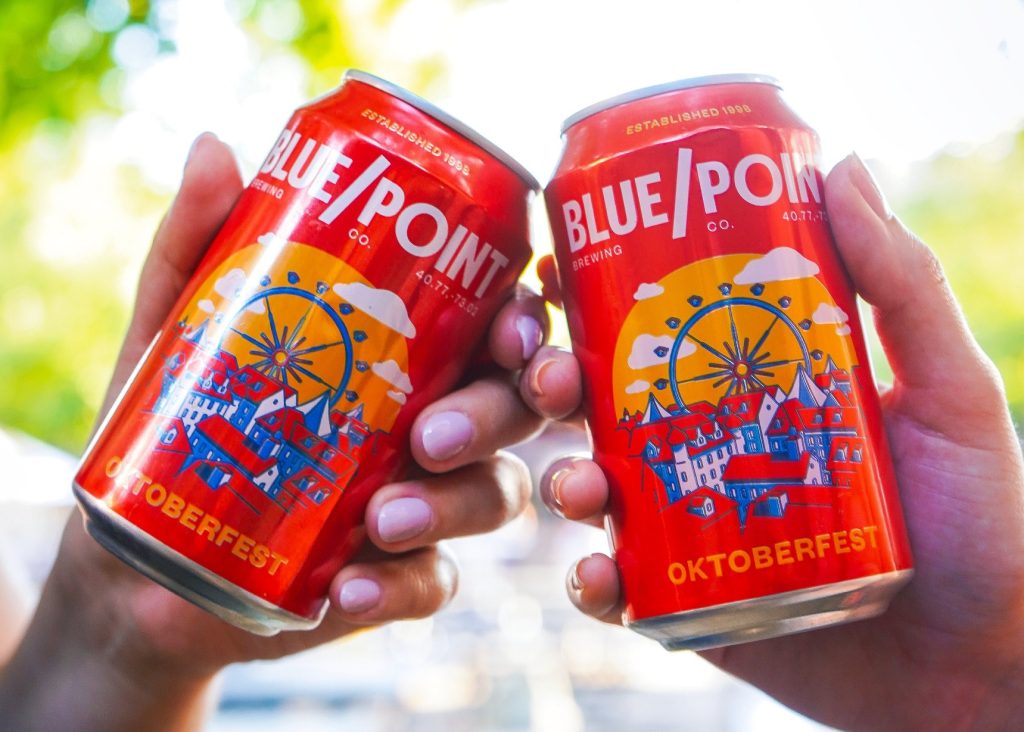Monster Beverage Corp. will cut products from the range of the recently acquired energy drink brand Bang.
The owner of Monster and Reign energy drinks snapped up “substantially all of Bang Energy’s assets” last month in a deal worth $362m.
During an analyst call to discuss Monster’s second-quarter results yesterday (3 August), CEO Rodney Sacks outlined the company’s plans for its new asset.
“Our intention is to rationalise Bang’s product offerings and product lines and to fully integrate Bang into the Monster infrastructure. We do not intend to manufacture or sell Bang’s other product lines such as Red Line or Shots beyond liquidating existing inventories at this time,” Sacks said. “We may consider reintroducing certain of those product lines sometime in the future.”
The deal included a production facility in Phoenix, Arizona. “We are excited about our acquisition of the state-of-the-art Bang Energy production facility in Phoenix, Arizona, which we intend to utilise for Bang as well as other products in the Monster portfolio,” the Monster CEO said.
Sacks added it was “still early days” and Monster would discuss its plans for Bang at the publicly-listed company’s investor day in November.
However, on the analyst call, Monster’s management was asked for its thoughts on how the Bang brand would sit within the company’s wider portfolio, which also includes brands such as Nos and Full Throttle.
“We feel that there is a way … all these brands can play with each other within our portfolio,” Sacks said.
Bang, he said, had gone through packaging changes under its previous owner but Monster, while potentially tweaking the brand’s current can, would largely keep it intact.
“It was originally in the black can, focused on competing with Monster. It then went to a coloured can and then more recently it went to a white can. Then that white can has gone through a transition as well,” Sacks said.
“You’ve then got Reign which is in a black can and you’ve got Reign Storm, which is in a 12-ounce white can. We see a different way of separating the brands, marketing them differently … and we think they can all basically fit within our broader portfolio, completely separate to Nos which is very much a motors sort of brand, Full Throttle and Monster.
“We’re going to probably change the packaging slightly of the Bang brand, but it will remain principally a white can and in a 16 ounce.”
He added: “We are excited about the opportunities that the acquisition of the Bang Energy brand presents to us and believe that the brand will fit well within our broader portfolio of energy drink brands.”
Monster’s obligations with the Coca-Cola Co. mean the Coca-Cola system will start distributing Bang products in the third quarter.
“As a result, there will be a temporary disruption of the product supply of Bang Energy brand energy drinks,” Sacks said.
Co-CEO Hilton Schlosberg said Monster expects Bang to “have the same margins as the Ultra” and Reign beverages already in its portfolio.
Schlosberg argued it was important to consider the sub-sections of the energy drinks category as a whole, especially for Bang, which has seen its brand positioning evolve.
“The energy category is still growing in good double digits, 13% in the last week, so we’re seeing a good increase in the energy category,” Schlosberg said.
“As we look at traditional energy, wellness energy and performance energy, obviously, you’ve seen kind of differences within those segments.
“Interestingly, Bang started off life very much as performance energy. Today, if you look at the brand, and you analyse what it stands for, it really stands for a different segment, which is really lifestyle energy. You’ve got all these different brands that are filling different needs within the energy space,” he said.
He added: “You’ve got this other wellness energy and obviously we are participating in that segment with Reign Storm, which we are really excited about, and then performance energy where we have Reign, which is doing very well. The difficulty in really going deep dive into performance energy is that the Bang brand has suffered because it’s lost so much distribution.”
Overall, Monster’s net sales for its second quarter grew 12.1% to $1.85bn.
Gross profit as a percentage of net sales for the three-month period was 52.5%, compared with 47.1% the year prior. Monster said the increase was primarily the result of pricing actions, lower freight-in expenses and a fall in aluminium can costs.
Operating income for the 2023 second quarter was $523.8m, compared with $373m in 2022.
Net income stood at $413.9m, versus $273.4m a year earlier.















